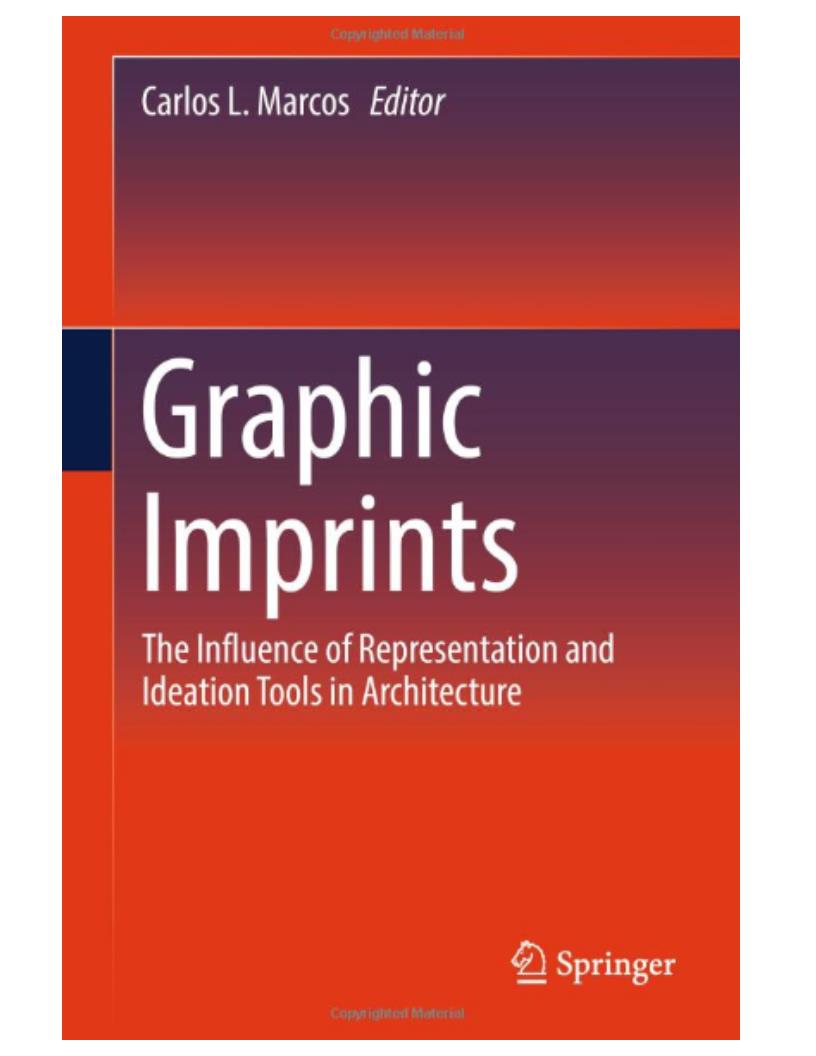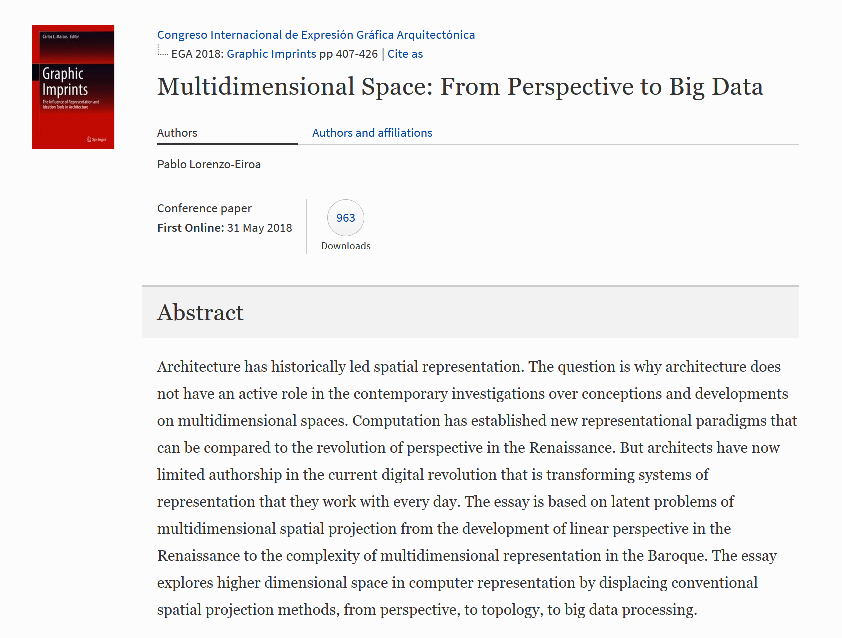Advanced Master Studio (M.Arch II)
The School of Architecture of The Cooper Union
Info
Urbanism
Professor Pablo
Lorenzo-Eiroa
Pablo Lorenzo-Eiroa,
Advanced Master
Graduate Studio
"Info Urbanism" at
The Cooper Union to
be exhibited at the
End of the Year
Show. Opening
Tuesday May 22, 6pm
Houghton Gallery,
located at the
Second Floor of the
Foundation Building,
the Cooper Union, 7
East 7th Street, New
York, NY 10003 USA.
Free and
unrestricted public
entrance. Students
include: Shantanu
Bhalla, Chu-Yun
Cheng (JULIAN),
Farnoosh Farmer,
Fengqi Li (FRANK),
Shang-Wei Lin
(WAYNE), Jose
Mateluna Perez,
Marcela Olmos Perez,
Joseph Raffin,
Samriddhi Sharma
(SAM). Special
thanks to Jose
Mateluna Perez and
Shang-Wei Lin
(WAYNE) for their
assistance with the
EOYS preparation.
What
determines the design of a city? Why should we address the
development of our cities as space-environments? What are the
technologies available to represent environments? How can we
understand the influence of computer codes, the internet and
media in architecture and city design and planning? How can we
de-code an architecture of information? What is the emerging
Urbanism of Information? Architecture is shifting from the
design of buildings and cities to the design of information
systems. While architects are still concern with the design of
buildings, landscapes and cities, Google (Alphabet), Apple,
Facebook, among other media corporate conglomerates are able to
inform urbanism more than any architect or government. These
media conglomerate understand the architecture of information as
the most relevant means to inform reality through media
protocols, information systems and information administration.
Moreover, these media conglomerate have been designing visionary
cities taking as a reference the internet, social media,
algorithms and meta-algorithms (AI). Dually purposed as an urban
design studio and as a landscape design studio, this advanced
studio is aimed to develop an urbanism based on information
systems, an urbanism of information. The aim of the studio is to
resolve innovative architecture and urban typologies, that
address the latent structures of social, participatory design,
spatial, biological and ecological landscape-urbanism strategies
for computer-based algorithmic cities. In the context of this
studio, the outline of the site, will include different notions
of the relationship between a city, the expression of its
possible tensions and its potential environments, whether real
or virtual. This advanced urban studio studied relationships
between the architecture of the city and the structuring of a
territory based on computer codes. Students will map, analyze
and design cities-territories through coding processes. The
cities will be made possible by analyzing the alternative means
to establish order through basic control systems such as grids,
matrices, eventually engaging into many definitions of spatial
topologies. Students will be asked to study systems and their
possible displacements, distortions, limits, negative effects,
anti-systems and eventually design possible city-environments.

sm.jpg)
Research Studio Work
published in:

